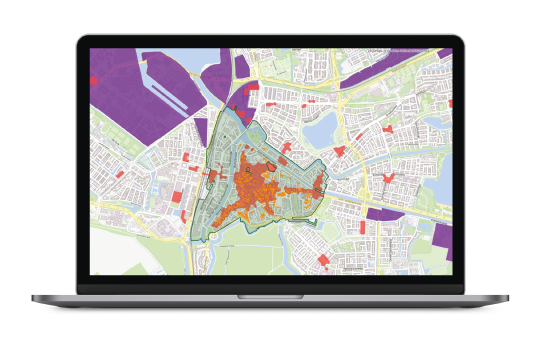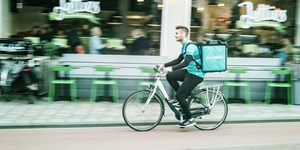For a long time, urban freight logistics was discussed with local authorities based on printed maps and print screens. However, the complexity of this challenge and the assessment of so many different interests call for a different, smarter set of procedures. Cooperation with supply chain partners and other partners play a key role in the ambition set to supply city centres without generating any emissions by 2025. This cooperation starts with a single and shared picture of the local situation among all stakeholders. This requires that a large amount of specific data be collected and aggregated.
Complex decision-making regarding zero-emission zone calls for a clear starting point
Emission-free supply of our city centres is the future. But how do local authorities set the boundaries of these zero-emission zones? This is a complex challenge in which the industry association for transport and logistics (Transport en Logistiek Nederland) is assuming its responsibility. TLN and Geodan have developed a map viewer that provides data on the local situation, and in so doing supports the decision-making process.
Quick answers
Anticipating the European legislation, the Dutch climate agreement provides that only emission-free vehicles will be allowed in city centres from 2025. This is the only way that CO2, NOx and particulate matter emissions resulting from urban freight logistics can be reduced to nil. This is very important for the transport and logistics sector, in other words, in order to find quick answers to questions regarding the zero-emission zone. While this is the responsibility of local governments, various stakeholders are involved in the decision-making process. Industry association TLN is one of the negotiation partners, and would like to identify the location and impact of the implementation of this for its members at the earliest possible stage. Retailers, wholesale companies and transport companies can then base their plans on these developments accordingly.





